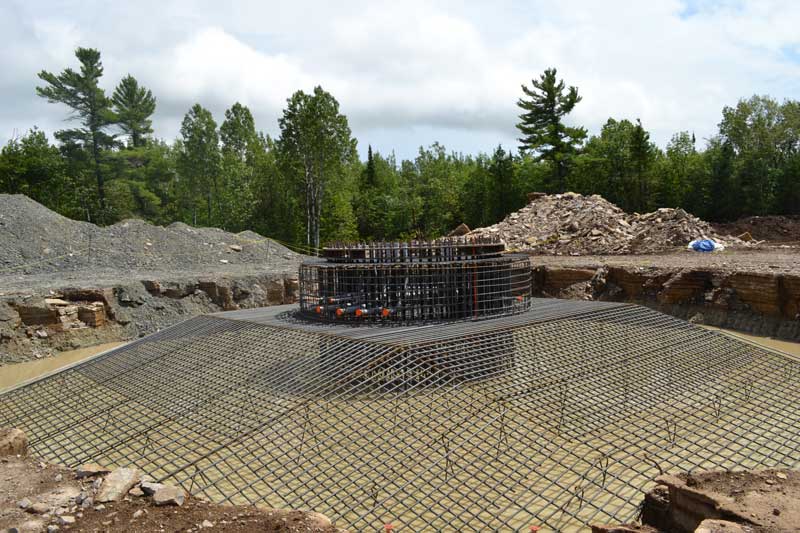LAKE HURON—The last time The Expositor spoke with Environment Canada’s Chuck Southam regarding Lake Huron’s water levels, he told this newspaper that considering last summer’s record, a mid-July start for a seasonal decline in water levels would be a good scenario. However, thanks to a cooler than average summer with plenty of precipitation, Lake Huron has managed to stave off that seasonal decline until now.
According to Mr. Southam, Lake Huron actually went up one centimeter from July to August and four centimeters from June to July.
“During July, the water level has remained flat,” Mr. Southam told The Expositor. “Last year the seasonal high peaked on June 22 at 176.02 metres. This year our highest water level has been 176.11 metres.” By this time last year, the levels had already dropped by 11 centimeters, he added.
By Monday of this week, water levels had dropped three centimeters since July 19—two centimetres right after that date, and one centimetre over the last week. Mr. Southam believes that this marks the beginning of the seasonal decline, however a wet August could mean the lake will rise again by two to three centimetres before falling again.
Based on Sunday’s water level, Lake Huron’s levels were 47 centimetres below average. Keep in mind, Mr. Southam said, that this is a much better showing than the January 24 seasonal low of 75 centimetres below average.
“There is an average seasonal difference of 28 centimetres from low to high and we had to make up that deficit from last winter,” he explained.
He noted that this summer’s increased outflow from Lake Superior would have also increased Lake Huron’s levels, to an extent. With the current outflow of 800 cubic metres per second, this will equal to 1.8 centimetres per month or half a millimetre per day. However, when Lake Superior’s outflow goes up so does Lake Huron’s, meaning that at some point, a natural offset kicks in. Lake Superior is currently 26 centimetres above its chart datum level.
While encouraged with an August seasonal decline, a dry fall would mean losing what we gained in the spring, Mr. Southam explained, so let’s ask Mother Nature to bring it on this fall (after harvest, of course).




